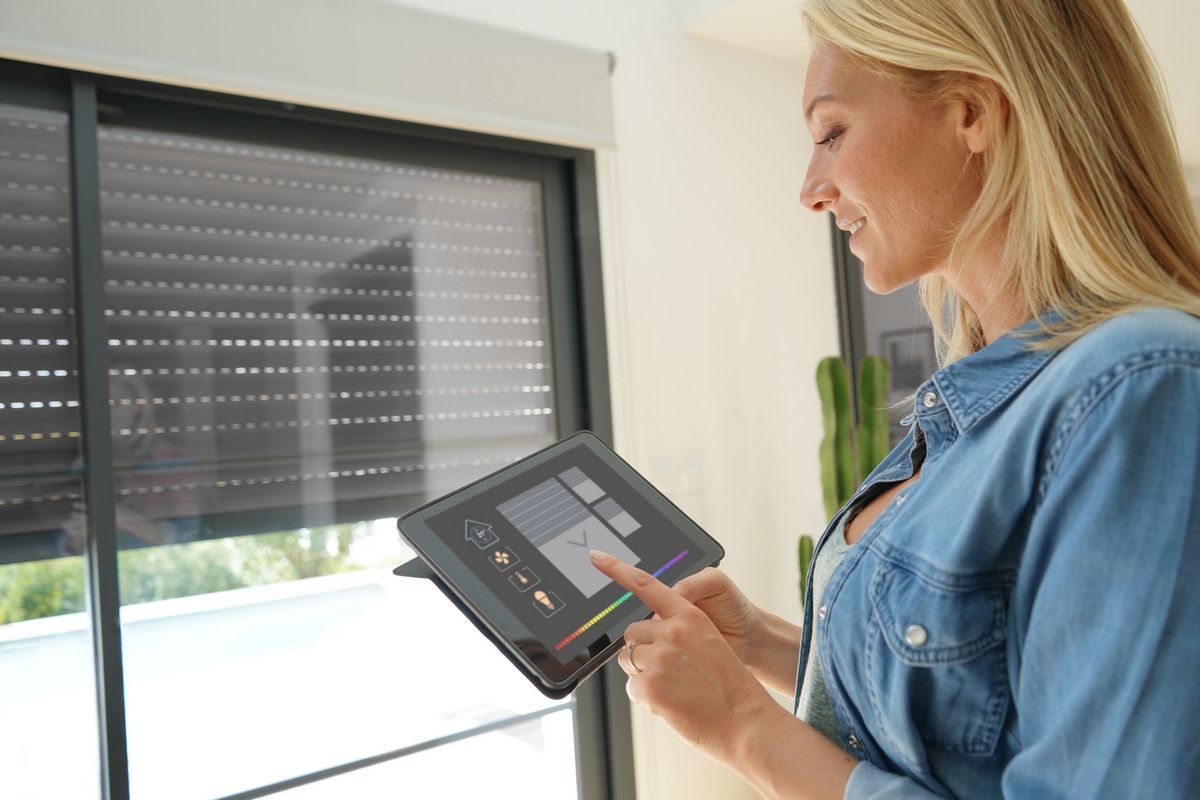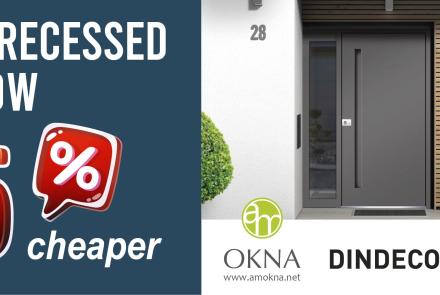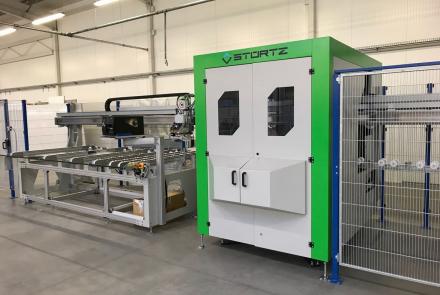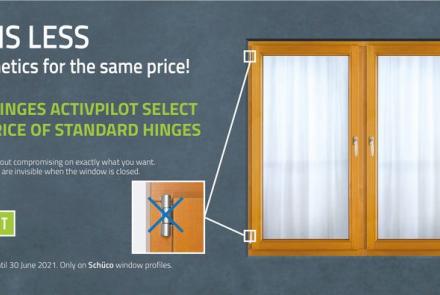Control mechanism of external blinds
When deciding to install external blinds, we face several serious dilemmas. The first is to choose the right type of roller blind to meet our requirements. The available solutions can be divided into 3 types: incorporated, surface-mounted and top-mounted. Detailed information can be found in our previous article: Types of external roller blinds. Another important aspect which will affect the functionality and comfort of use of roller blinds is the type of motor. In this article we will try to explain each control mechanism, highlighting both the pros and cons of each solution.
Manually operated blinds
The basic type of roller blind control mechanism that is still popular in many homes is the manual mechanism, i.e. raising the blinds by "pulling a string". This is undoubtedly the simplest and cheapest solution. The manual mechanism does not involve additional charges and is included in the basic price of the roller blind. The advantage of the manual mechanism, apart from the price, is that you can control the roller blinds even during power failure or blackout.
With heavier roller blinds, especially balcony blinds, the manual mechanism must be adjusted accordingly so that the blind can be raised freely. So-called cranked retractors are then used, equipped with a special gear.
Among the disadvantages of the manual control mechanism in external roller blinds we may point to visual aspects; with a modern interior, the manual mechanism can disturb the aesthetics. Another disadvantage of this solution can be noticed when our window has a difficult access, e.g. kitchen cabinets installed to the very recess of the window. The manual mechanism is also unfortunately devoid of many of the additional features that electrically operated roller shutters have.
Roller blinds electrically operated with a key switch
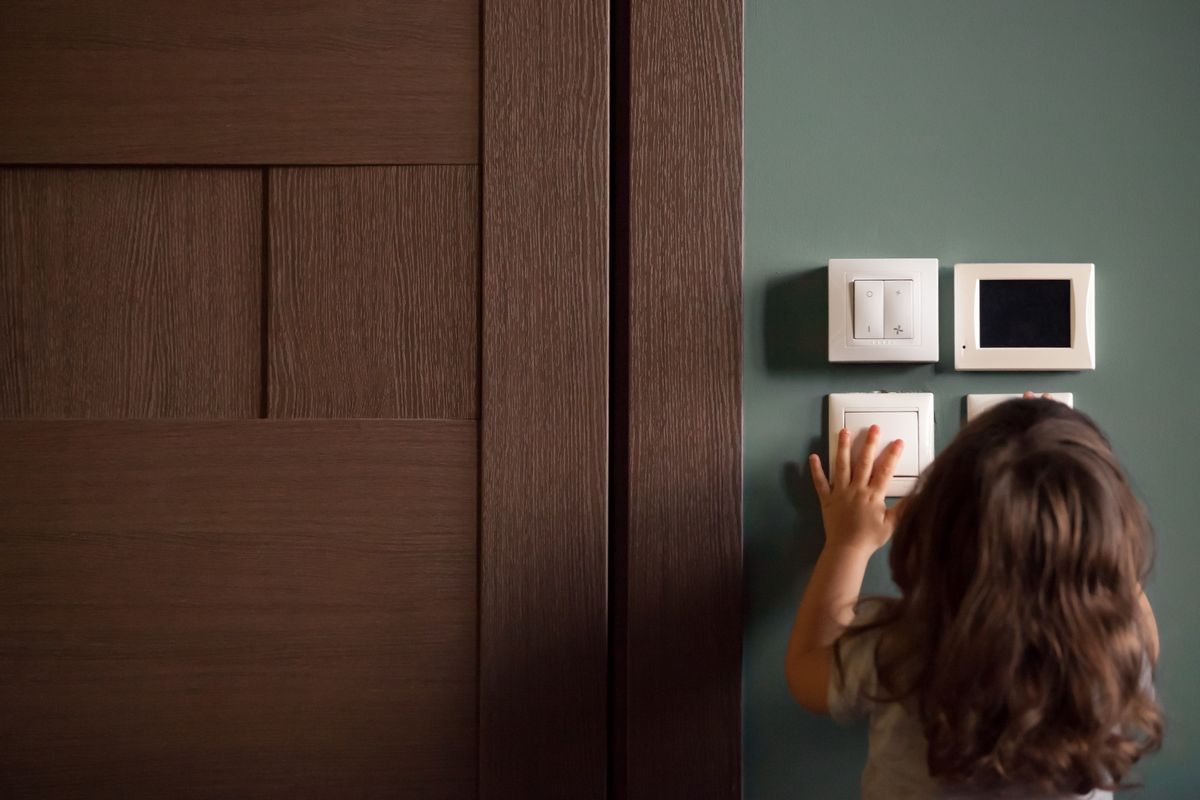
Another type of control mechanism in external roller blinds is the switch control. With this method, each roller blind is equipped with a wired electric motor and controlled from a separate switch. The advantage of cable-controlled roller blinds is the possibility to connect them to various controllers and systems for management of roller blinds and smart house systems. It is also an advantage that cable motors can be upgraded to a more advanced roller shutter control system - central, radio or using a smartphone. However, it is worth remembering that when choosing electric motors you should not choose the cheapest solutions, we recommend motors with an overload protection.
Overload-protected motors are a special type of drives for roller blinds, which have a mechanism for disconnecting the power supply and stopping the shutter in the event of overloading caused, for example, by frost. If you try to raise a roller shutter that has frozen, the drive will switch itself off. The same will happen if there is an object under the roller blind. This is extremely important especially when you control the roller blind remotely and cannot see it when it is closed. With standard roller blinds, damage can occur, for example, if you start raising a frozen roller blind. In such a situation, the curtain of the roller blind does not move and the standard motor in the roller blind tries to raise or lower the roller blind at any cost, and damage occurs.
The disadvantage of switch-controlled roller blinds, on the other hand, is the need to create a complicated installation and stretch the cables to each switch and power supply.
Exterior roller blinds radio-controlled from remote control
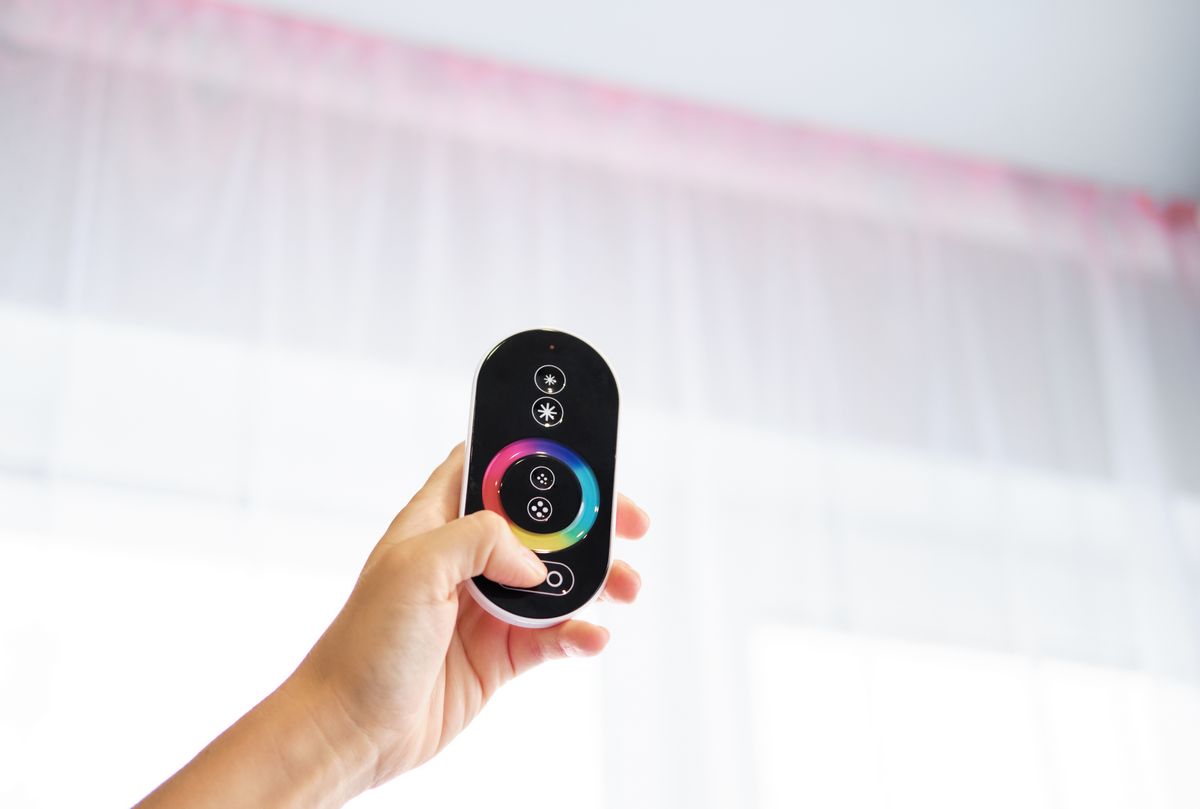
Another option for controlling external roller shutters is by remote control. A wide range of remote controls for wall-mounted and mobile roller shutters is currently available on the market. Depending on the manufacturer, there are remote controls available for controlling a single roller shutter (single channel) and for controlling many roller shutters individually or centrally, thanks to grouping radio shutters on particular channels of the remote control. Another option are remote controls with timers, which allow you to programme the raising and lowering of roller blinds at specific times. A more advanced solution are remote controls with sunlight level sensors, in which case the blinds will lower depending on the level of sunlight. Another popular solution is radio control systems that allow us to operate roller shutters from our smartphones, such as Somfy Tahoma.
An indisputable advantage of radio-controlled roller blinds is the comfort and convenience of operation. Another advantage is the simplicity of installation, you only need to connect the electrical installation to the roller blind and connect the motor, there is no need to run additional cables to the control point or central unit. Automatic roller blind control depending on weather conditions also saves on heating costs.
If we were to point out a disadvantage, it is the higher price of radio motors.
Smart control of external blinds - smart house
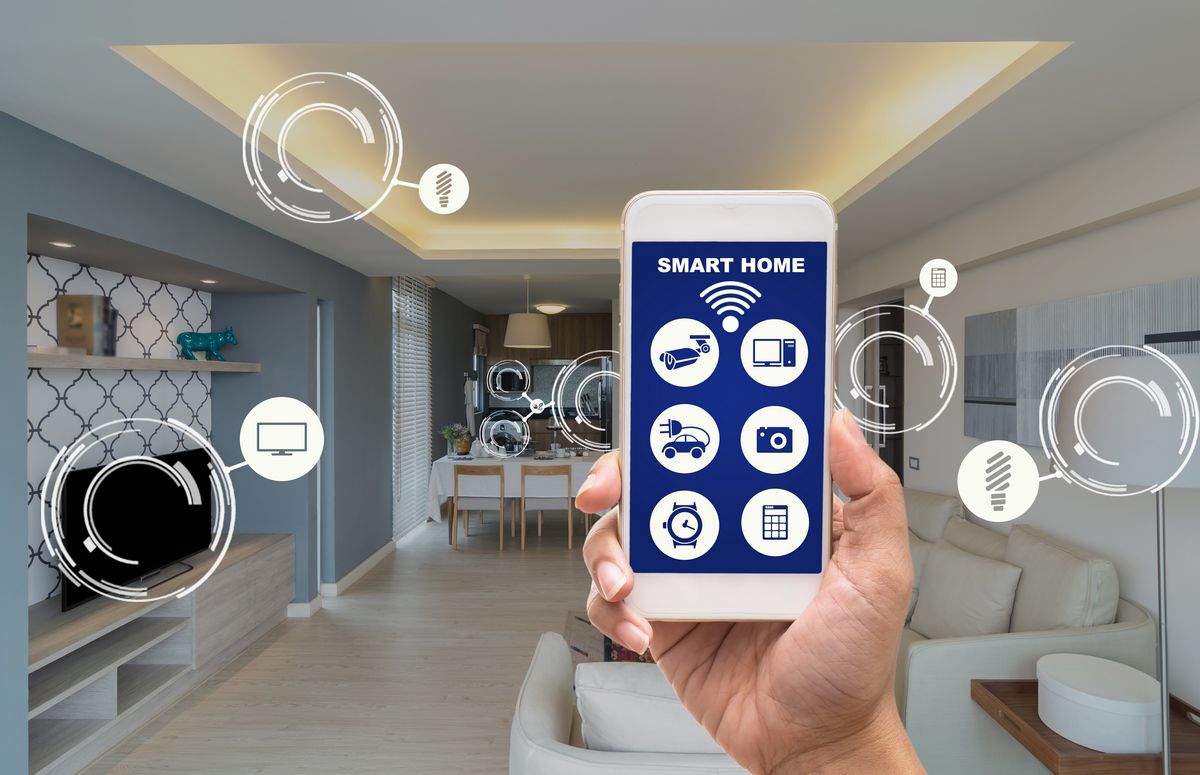
By choosing to connect automatic external roller blinds to the control system, we undoubtedly gain a higher dimension of comfort. With just one touch or voice command, we can close all the blinds in the house. In case of "smart home" solutions, we can control the roller blinds in one of three ways. The first is smart control via a control panel that allows you to create personalised daytime scenarios. For example, the "OUT" scenario will ensure that the roof windows are closed, the blinds are lowered, the heating is off and the lights are off. The second way is to control it from an app using a smartphone. We can lower or raise the blinds even when we are not at home. The third way also involves the use of a smartphone, only this time the commands are given by voice, through a voice assistant.

 Polski
Polski English
English Germany
Germany France
France
